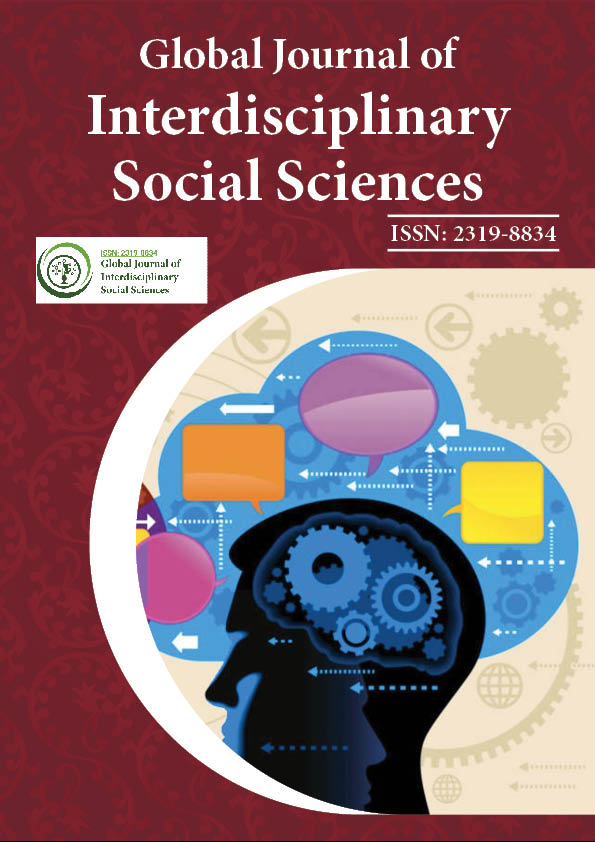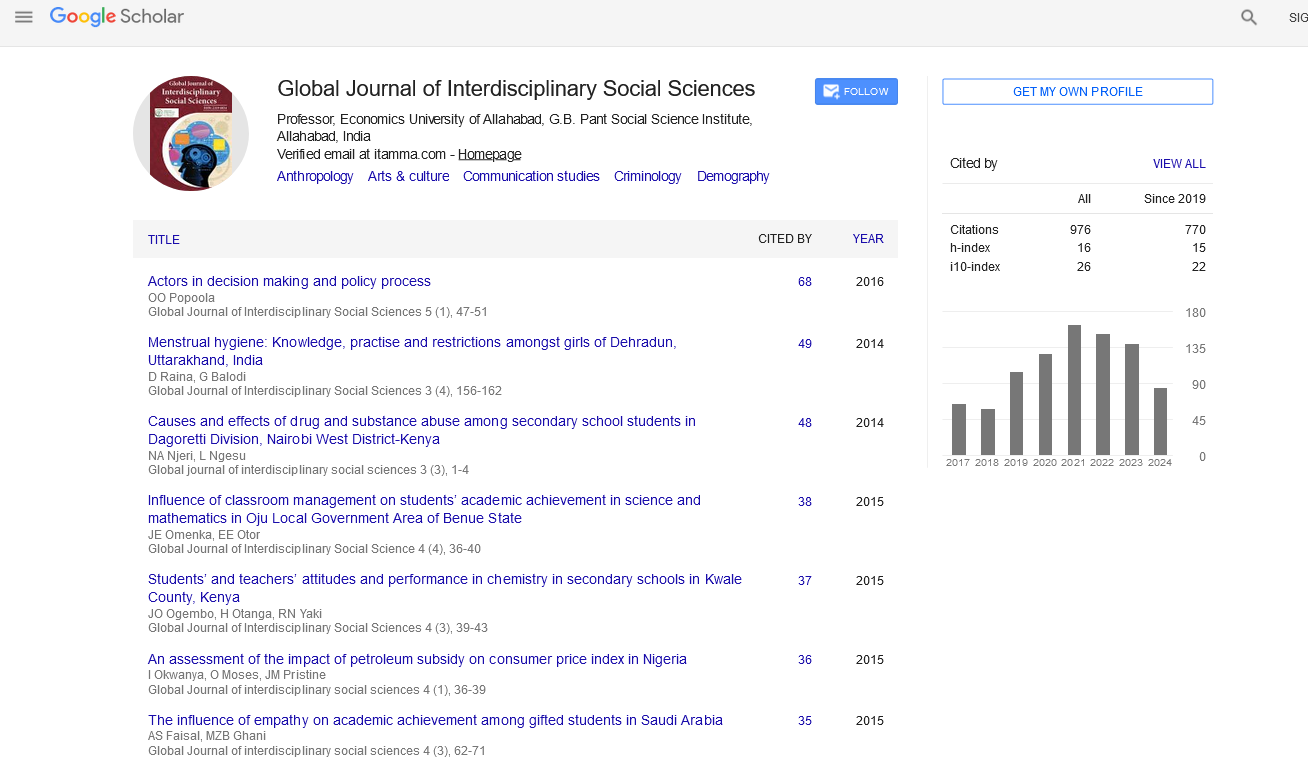Indexed In
- JournalTOCs
- Google Scholar
Useful Links
Share This Page
Journal Flyer

Open Access Journals
- Agri and Aquaculture
- Biochemistry
- Bioinformatics & Systems Biology
- Business & Management
- Chemistry
- Clinical Sciences
- Engineering
- Food & Nutrition
- General Science
- Genetics & Molecular Biology
- Immunology & Microbiology
- Medical Sciences
- Neuroscience & Psychology
- Nursing & Health Care
- Pharmaceutical Sciences
Abstract
Land use Dynamics and challenges of Enset (Ensete ventricosum) agriculture in the upper reaches of Baso-Deme watershed, Gamo Highland, SW Ethiopia
Teshome Yirgu Bayu
Enset (Ensete Ventricosum) is a perennial security crop that feed over 14 million people in the Southern Ethiopia and not known outside Ethiopia as food crop. This plant is related to banana (Mussa) family and both the pseudo stem and corm are pulped for food (kocho) and fiber. Several studies have confirmed the environmental, food security and socio-cultural significance of enset tree. But due to decline in soil fertility, unavailability of cattle dung, and above all the prevalence of bacterial wilt, enset agriculture in the study area were constrained at a significant amount. Thus, the objective of the study was to examine the long term change in land use and assess the challenges of enset agriculture in the area. The research was designed using mixed approach. In collecting and analysis of socio-economic data both qualitative and quantitative techniques were utilized. In addition, composite soil samples were analyzed in the laboratory for its soil nutrient content. Furthermore, spatial and temporal land use/ cover data was quantified and mapped using GIS technique. Land use/ cover change detection analysis over thirty years (1985-2014) depicts that there was a substantial alteration of cover types. Thus, over studied period cropland was revealed significant positive change by 46.8%. In contrary, enset farm, woodland and grassland were squeezed by 15.4 %, 33.3 % and 32.8 % respectively. It was revealed that enset has the highest carrying capacity (more than 53%) compares to barley provided both crops are cultivated under the same agro-climatic and farm input conditions. Soil data analysis depicted that there was significant variation in chemical properties of soil (such as nitrogen, potassium, available phosphorus, CEC, pH factor) in between land use types. The survey finding further showed that low soil fertility, climatic factor, enset diseases and enset damaging wild animals are considered to be the major production constraint in the area.

